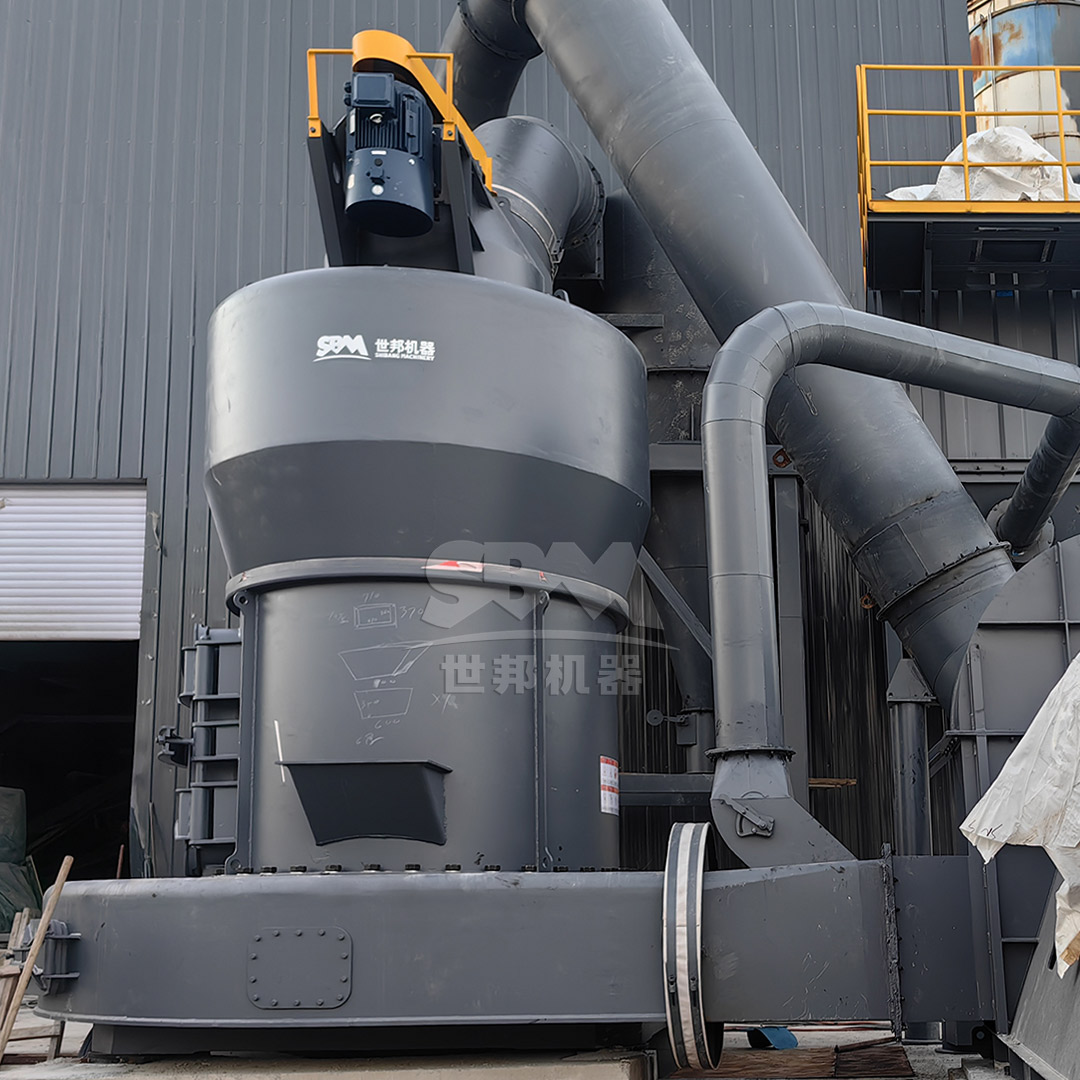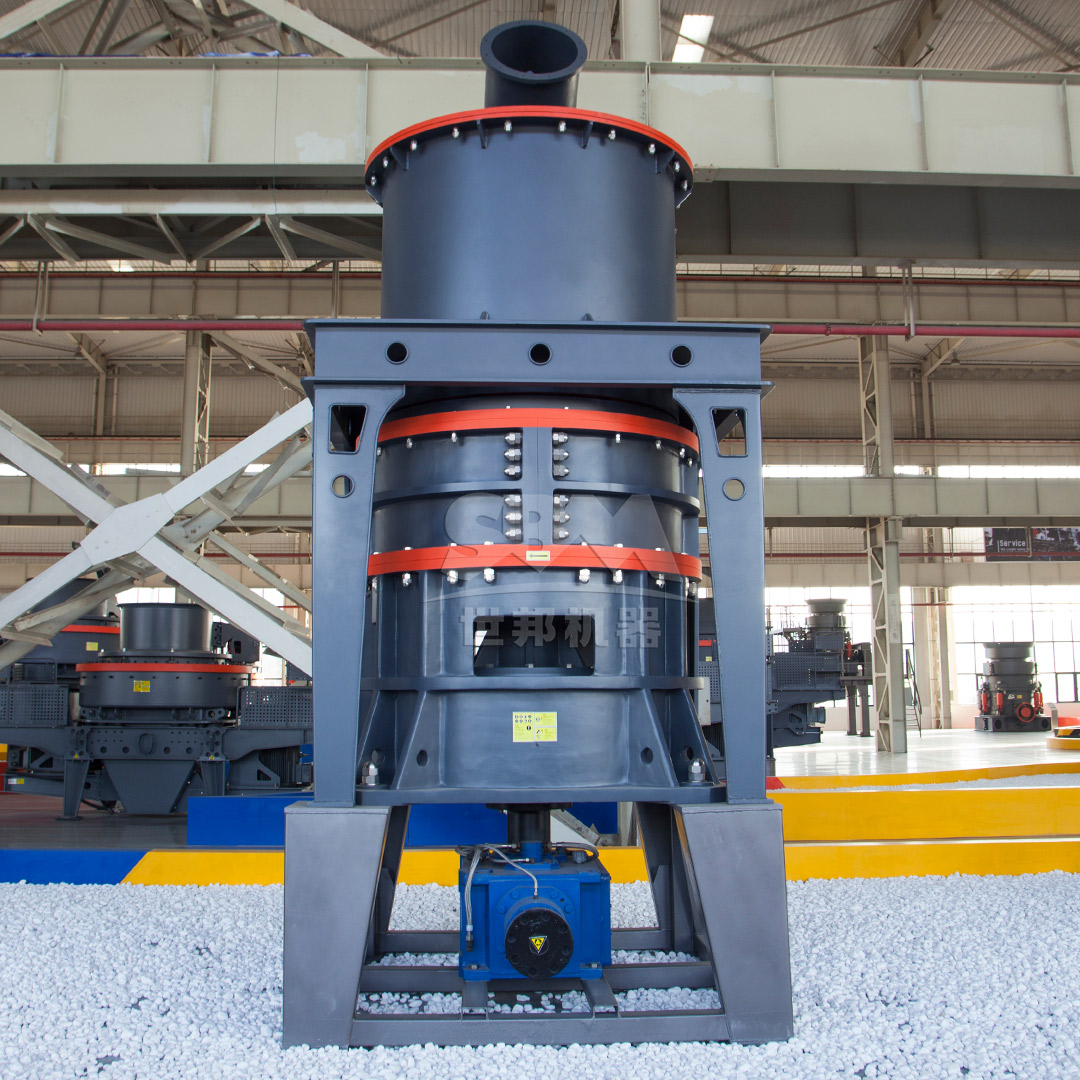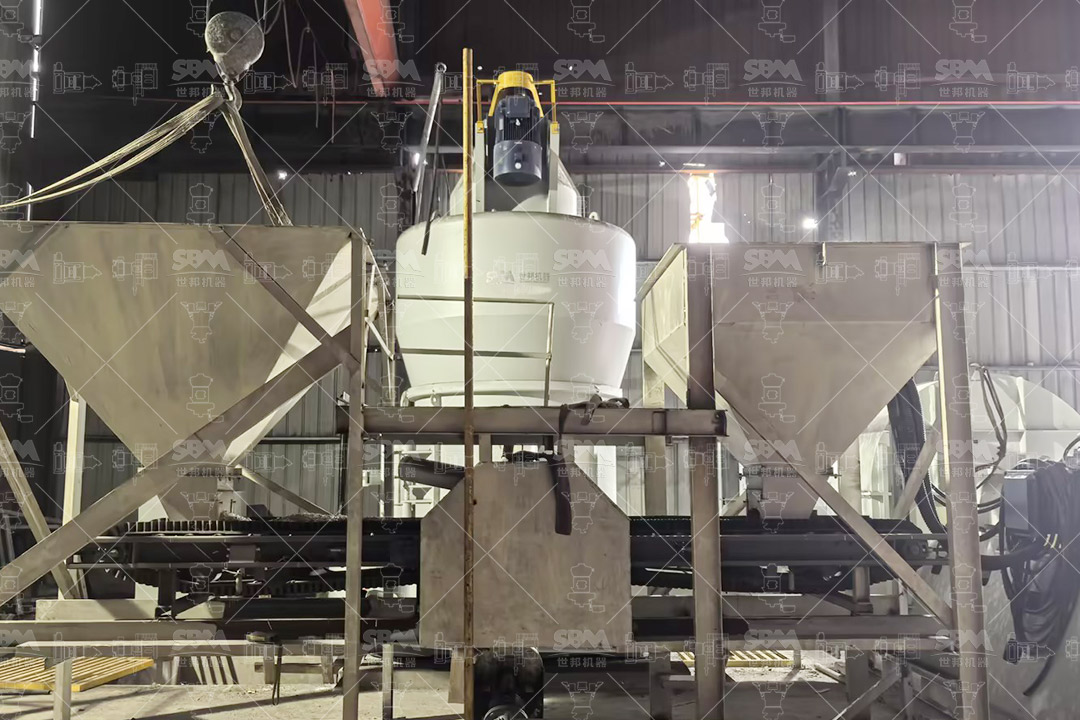The petrochemical industry relies heavily on specialized mineral powders for various catalytic and filler applications, with bauxite being one of the most critical raw materials. Properly processed bauxite powder serves as an essential component in catalysts, adsorbents, and reinforcing fillers for polymer composites. The quality of bauxite powder – particularly its particle size distribution, purity, and morphological characteristics – directly impacts the efficiency and performance of petrochemical processes. This article explores the technical requirements for bauxite grinding in petrochemical applications and presents advanced milling solutions that meet these demanding specifications.

Bauxite powder used in petrochemical applications must meet stringent quality parameters to ensure optimal performance in downstream processes. The key specifications include:
Meeting these requirements demands precision grinding equipment capable of producing ultra-fine powders with consistent quality while maintaining operational efficiency and cost-effectiveness.
Grinding bauxite to the specifications required by the petrochemical industry presents several technical challenges that must be addressed through appropriate equipment selection and process optimization:
Modern grinding technology offers several approaches to bauxite processing, each with distinct advantages for specific petrochemical applications. The selection of appropriate grinding equipment depends on the required product specifications, production capacity, and economic considerations.
For petrochemical applications requiring the finest bauxite powders with precise particle size control, the SCM Ultrafine Mill represents an optimal solution. This advanced grinding system delivers exceptional performance characteristics specifically suited to high-value bauxite applications:
| Feature | Benefit for Bauxite Processing |
|---|---|
| Output Fineness: 325-2500 mesh (D97≤5μm) | Ideal for catalytic applications requiring maximum surface area |
| Vertical Turbine Classifier | Precise particle size control with no coarse powder contamination |
| Special Material Roller and Grinding Ring | Extended service life when processing abrasive bauxite |
| Pulse Dust Collection System | Collection efficiency exceeding international standards |
| Energy Efficiency | 30% lower energy consumption compared to jet mills |
The SCM Ultrafine Mill operates on a multi-layer grinding principle where bauxite is fed into the grinding chamber and subjected to centrifugal force, distributing the material evenly across the grinding track. The specially designed rollers apply progressive pressure, achieving efficient size reduction through a combination of impact and attrition forces. The integrated vertical turbine classifier ensures precise particle size control by continuously separating and returning oversize particles for regrinding while allowing properly sized material to proceed to the collection system.
For petrochemical facilities requiring high-purity bauxite powders with consistent quality, the SCM series offers multiple configuration options:
| Model | Capacity (ton/h) | Main Motor Power (kW) | Recommended Application |
|---|---|---|---|
| SCM800 | 0.5-4.5 | 75 | Pilot plants, specialty catalysts |
| SCM1000 | 1.0-8.5 | 132 | Medium-scale production |
| SCM1250 | 2.5-14 | 185 | Standard commercial production |
| SCM1680 | 5.0-25 | 315 | Large-scale petrochemical complexes |

For petrochemical applications requiring larger production volumes of bauxite powder in the 30-325 mesh range, the MTW Series Trapezium Mill provides an efficient and reliable solution. This robust grinding system combines high throughput with excellent particle size control, making it suitable for filler and extender applications in polymer composites and other bulk petrochemical uses.
The MTW Series incorporates several advanced features that enhance its performance in bauxite processing:
The working principle of the MTW Series involves the main motor driving the grinding rollers to revolve around the central axis while rotating themselves, generating centrifugal force. The shovel blades scoop and throw the material between the grinding roller and grinding ring, forming a material bed that undergoes efficient compression grinding. The integrated classification system provides precise control over final product fineness, ensuring consistent quality across the production run.
With multiple models available, the MTW Series can be tailored to specific production requirements:
| Model | Capacity (ton/h) | Main Motor Power (kW) | Feed Size (mm) |
|---|---|---|---|
| MTW110 | 3-9 | 55 | <30 |
| MTW138Z | 6-17 | 90 | <35 |
| MTW175G | 9.5-25 | 160 | <40 |
| MTW215G | 15-45 | 280 | <50 |
Choosing the appropriate grinding system for bauxite processing in petrochemical applications requires careful consideration of multiple technical and economic factors. The following criteria should guide the selection process:
Particle Size Requirements: The required fineness of the final product is the primary determinant in equipment selection. For ultra-fine applications (325-2500 mesh), the SCM Ultrafine Mill provides superior performance, while the MTW Series Trapezium Mill is better suited for coarser applications (30-325 mesh).
Production Capacity: The required throughput dictates the appropriate model size within each series. Both the SCM and MTW series offer multiple capacity options to match production requirements ranging from pilot-scale to large industrial operations.
Material Characteristics: Bauxite’s abrasiveness, moisture content, and feed size distribution influence equipment selection and configuration. Both recommended mill series incorporate wear-resistant materials and designs to handle bauxite’s challenging properties.
Capital Investment: The initial equipment cost must be balanced against long-term operational expenses. While ultra-fine grinding systems typically command higher capital costs, their superior energy efficiency and lower maintenance requirements often deliver better lifetime value.
Operational Costs: Energy consumption, wear part replacement frequency, and maintenance labor constitute the major operational expenses. The highlighted mill series incorporate design features that optimize these cost factors.
Product Value: Higher-value bauxite applications (e.g., catalysts) can justify more sophisticated grinding systems, while lower-value applications (e.g., fillers) may favor simpler, higher-capacity solutions.

Maximizing the efficiency and product quality of bauxite grinding operations requires a systematic approach to process optimization. The following strategies can enhance performance regardless of the specific equipment selected:
Proper preparation of bauxite before grinding significantly impacts mill performance and product quality:
Fine-tuning operational parameters can dramatically improve grinding efficiency and product quality:
Proactive maintenance strategies extend equipment life and maintain consistent product quality:
The evolving requirements of the petrochemical industry are driving continued innovation in bauxite grinding technology. Several emerging trends are likely to shape future equipment development and application practices:
Integration of advanced sensors, data analytics, and machine learning algorithms enables real-time optimization of grinding operations. Smart grinding systems can automatically adjust operational parameters in response to changing feed characteristics, maintaining optimal performance without manual intervention.
With energy costs representing a significant portion of operating expenses, continued focus on energy reduction will drive equipment innovations. Future developments may include more efficient classifier designs, improved grinding geometry, and advanced drive systems that further reduce specific energy consumption.
Increasing emphasis on environmental performance will spur developments in areas such as noise reduction, dust containment, and water consumption minimization. Closed-circuit grinding systems with enhanced recovery of fine particles will become increasingly standard.
Modular grinding systems that can be easily scaled or reconfigured provide flexibility to adapt to changing market demands. Containerized grinding modules offer particular advantages for remote operations or temporary production requirements.
The production of high-quality bauxite powder for petrochemical applications demands precision grinding equipment capable of delivering consistent particle size distributions with high efficiency and reliability. The SCM Ultrafine Mill and MTW Series Trapezium Mill represent advanced solutions tailored to the specific requirements of bauxite processing across different fineness ranges and production scales. By selecting appropriate grinding technology and implementing optimized operating practices, petrochemical producers can ensure a reliable supply of high-quality bauxite powders that enhance the performance and efficiency of their processes. As the petrochemical industry continues to evolve, ongoing innovation in grinding technology will provide even more sophisticated solutions to meet emerging challenges and opportunities.